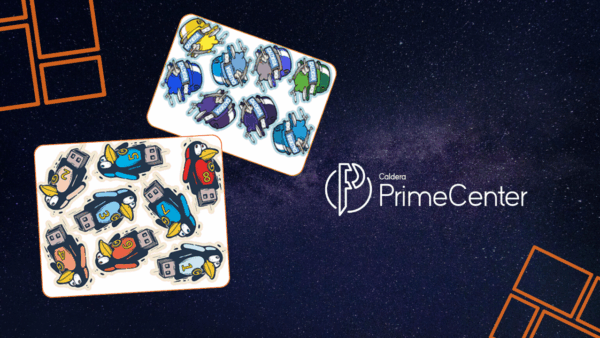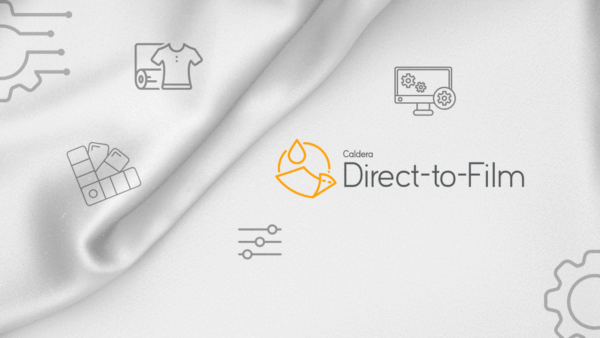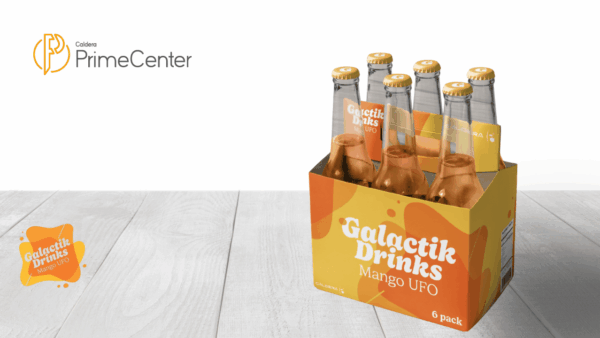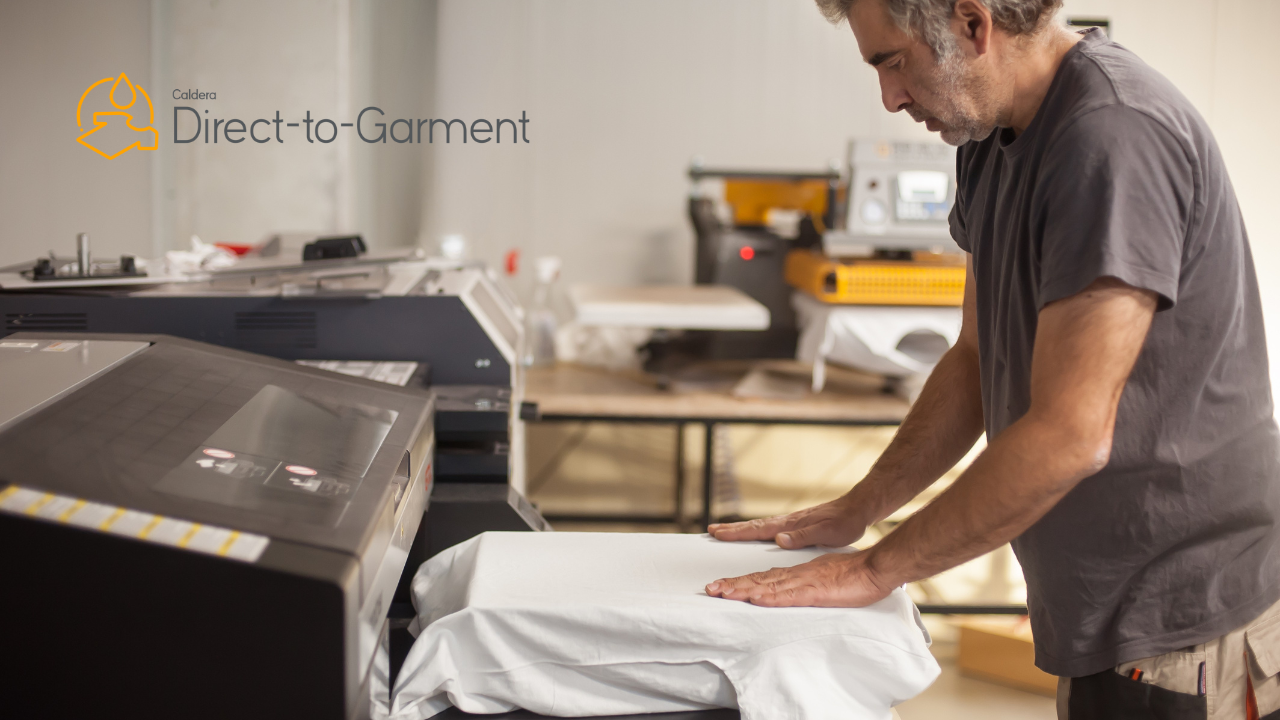
What is DTG Printing? Step-by-step explanation
June 16, 2025
As a printer, you have probably heard about DTG printing, DTG, or Direct-to-Garment. These terms are mainly used to refer to: Direct-to-Garment printing.
In our latest article, we have talked about Direct-to-Film printing and explained the process in detail. Now, we will talk about Direct-to-Garment printing, so if you are a beginner in DTG printing, this article is for you.
This article contains a full explanation of DTG printing. It goes through every technical detail in DTG printing. And it also includes the advantages of Direct-to-Garment.
What exactly is Direct-to-Garment?
Direct-to-Garment is a printing method that enables you to print directly on fabric.
- It does not require you to use a film transfer, as it is the case with Direct-to-Film printing.
By using a DTG printer that contains a special palette, you will be able to put your t-shirt on the palette and then print directly on it.

What is a DTG printer?
A DTG printer comes with a special platen (plate) where you can place your t-shirt.
- In this way, you can keep your fabric stable. The printer will then start spraying your design onto the t-shirt.
DTG printers use special inks that allow you to have accurate results. For effective absorption, these inks work best on cotton, linen, or hemp. If you are using polyester, it is going to be difficult to print on it and achieve durable prints.
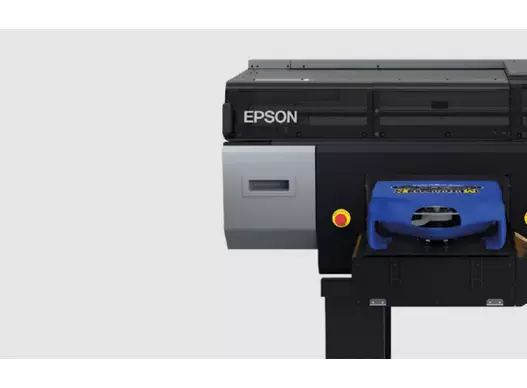
How can I print in DTG
- A pre-treatment solution is applied to the fabric to help the ink stick properly and create accurate colors.
- Then, you will have to dry your garment to prepare it for printing.
- Your DTG printer uses a specific inkjet technology to spray water-based ink directly onto the fabric.
- The printer can produce high-resolution, full-color images with great detail and a wide color range.
- After printing, the garment is heat-cured to stabilize the ink.
- The final result is a soft, durable print that is washable and suitable for custom production.
- DTG is ideal for small businesses, on-demand printing, and complex designs that would be hard to achieve with screen printing.
Do I really need to apply pre-treatment in Direct-to-Garment printing?
Yes, pretreatment is necessary in Direct-to-Garment printing, especially if you print on black garments or when you use white inks.
Why is pre-treatment important?
- White ink adhesion
- White ink is typically used as an under base when printing on dark garments.
- Pretreatment helps the white ink stay put on the fabric
- Without pretreatment, white ink will not be used properly. This will result in faded and blurry prints.
- Ink performance and wash durability
- Pretreatment helps prevent ink from bleeding into the fabric.
- It improves inks stickiness to the fabric, which increases the durability of the print after washing.
- Color garment considerations
- On white or light-colored garments, pretreatment is usually not required (unless your specific ink set or printer recommends it).
- For dark or colored garments, pretreatment is essential if using white ink.
Advantages of Direct-to-Garment printing
- High-quality prints
- Produces detailed images with smooth layers and accurate colors.
- Ideal for complex or colorful designs.
- No huge setup costs
- Unlike screen printing, DTG doesn’t require screens, making it cost-effective for small orders.
- Great for small businesses
- Perfect for low-volume production.
- Popular with small businesses and on-demand printing services.
- Eco-friendly options
- Many DTG printers use water-based inks that are more environmentally friendly than traditional inks.
- Soft finish
- The ink enters into the fabric, giving a softer feel compared to screen printing which keeps ink on top.
Caldera Direct-to-Garment
To print in an effective way and to boost your DTG production, you will need a DTG RIP software like Caldera Direct-to-Garment.
Caldera has launched a DTG RIP software that allows you to save time and reduce reprints.
This can be achieved by using the flexible palette adjustments in DTG. You do not need to create designs for each t-shirt size. You are also guided through the whole process within the software and thanks to the integrated guides.
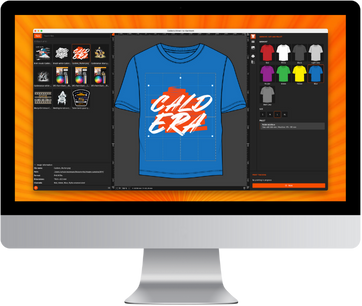
Related articles
